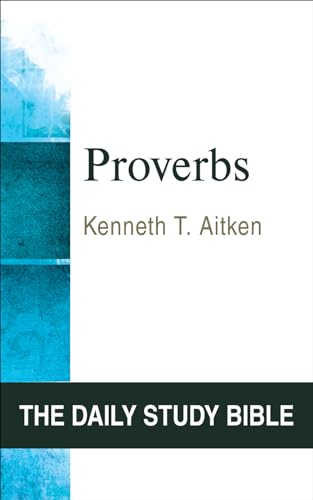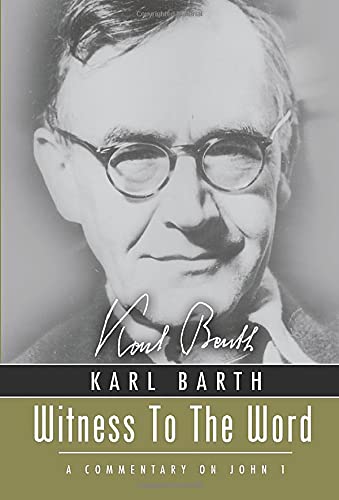In spite of its sub-title, ‘The Use and Abuse of the Bible in the Debate about Women in the Church’, Mary Hayter actually limits herself to the debate about the ordination of women within the Church of England. Readers not concerned with that particular debate are likely to find the book, which inevitably makes assumptions about the nature of ordination that they may not share, a little frustrating. However, within that context it has a very useful contribution to make.
Part I assumes, for the sake of the argument, the view that ministry in the NT and in the church is directly related to the cultic sacrificial priesthood of Israel (a view which the author does not herself hold). From that starting point it examines the arguments against the ordination of women based on the assumptions that (a) God is male and (b) a male God can only be represented by a male priest. Hayter argues fairly convincingly that neither of these assumptions is consistent with biblical teaching. The God who is ‘not man’ completely transcends sex and to stress maleness in God is, as much as calling God female, breaking away from the transcendent Creator and ‘remagicalizing religion’. Again, priesthood is representative but not representational and even if God were male that does not mean that priests have to be male any more than ambassadors of a queen have to be female.
Part II looks at certain texts and asks whether the Bible ‘embodies a timeless dogma of male leadership and female subordination’ which would mean that women have a subordinate theological standing which prevents them from being ordained. Chs. 5–6 deal with Gen. 1–3 and find that this kind of subordinationism is not built into the accounts of creation and the fall. Ch. 7 discusses the NT uses of the OT and concludes that there are in fact two approaches, ‘subordinationist’ and ‘equalitarian’, depending on what the particular crisis was in which the discussion arose. Hayter concludes that we must accept this diversity and work from it, using a ‘culture-critical’ method for which ch. 8 provides a defence.
Personally I found these latter chapters less satisfying than the earlier ones. Part of the reason for this is my unwillingness to set biblical texts in opposition to one another, but I also felt that the careful analysis of the creation narratives was not repeated in the discussion of NT passages where traditionalist interpretations were simply taken for granted. I sympathize with Hayter’s conclusion that ‘the culture-critical method enables it to be clearly demonstrated that the equalitarian position on womanhood—propounded in verses like Gal. 3:27f. …—is the scriptural position which should be taken as authoritative for modern doctrine’, but I was left unconvinced that her arguments had really taken us that far.
Mary J. Evans
London Bible College






